The translation and cultural exchange of the Japanese classic "Genjimonogatari"
Translation entails the transmission of a text not only into a different language but also into a different cultural and historical context. As such, no such thing as a ‘perfect translation’ is possible. Furthermore, when the text to be translated is a piece of foreign literature written in an archaic rather than modern language, it would be needless to say how its translation would be difficult and limited.
It could be said that Genjimonogatari [The Tale of Genji], a fifty-four volume work written one thousand years ago by the Japanese female author Murasakishikibu, has joined the pantheon of ‘world literature’ not only due to the masterful nature of the work itself but also because so many people from different countries and regions have dedicated themselves to the difficult task of translating this classic. The following overview of the major translations of Genjimonogatari published in Northeast Asia including China, Taiwan, and Korea, well illustrates the significance of ‘translation’ as a form of cultural exchange.
The Chinese and Korean translations of Genjimonogatari had initially been based on modern Japanese translations, rather than the original 11th century text. Genjimonogatari was written using the language and rhetoric of the Heian period and therefore the interpretation of many passages remains a contested issue among Japanese scholars. As such, it is not surprising that the earliest translations, which had taken place before the scholarship of Japanese classics had been well established in China and Korea, had relied on modern Japanese translations published in Japan.
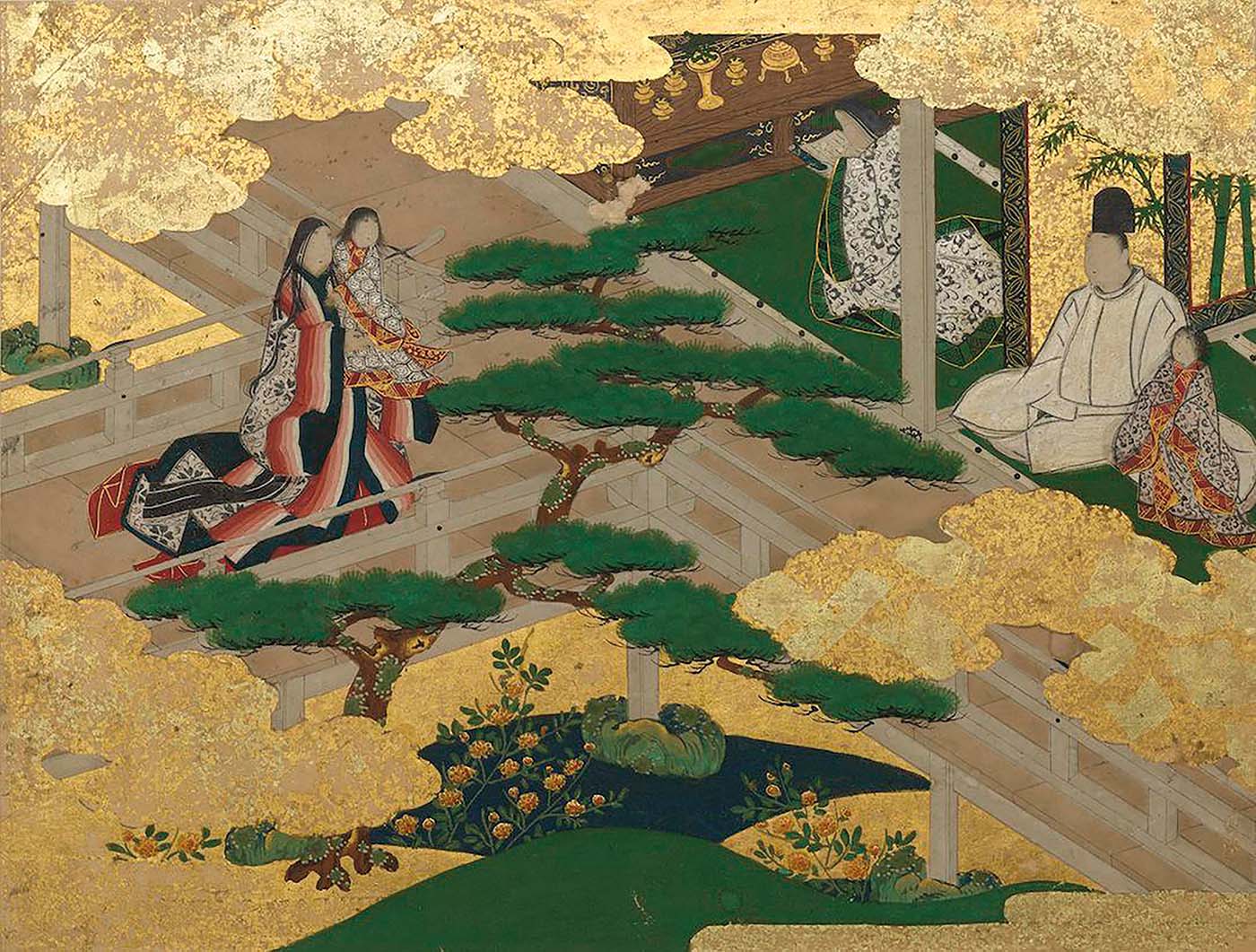
Scenes from the Tale of Genji painted by Tosa Mitsuyoshi, of the Tosa school in Osaka. Dating from the second half of the 16th century (Azuchi-Momoyama period).
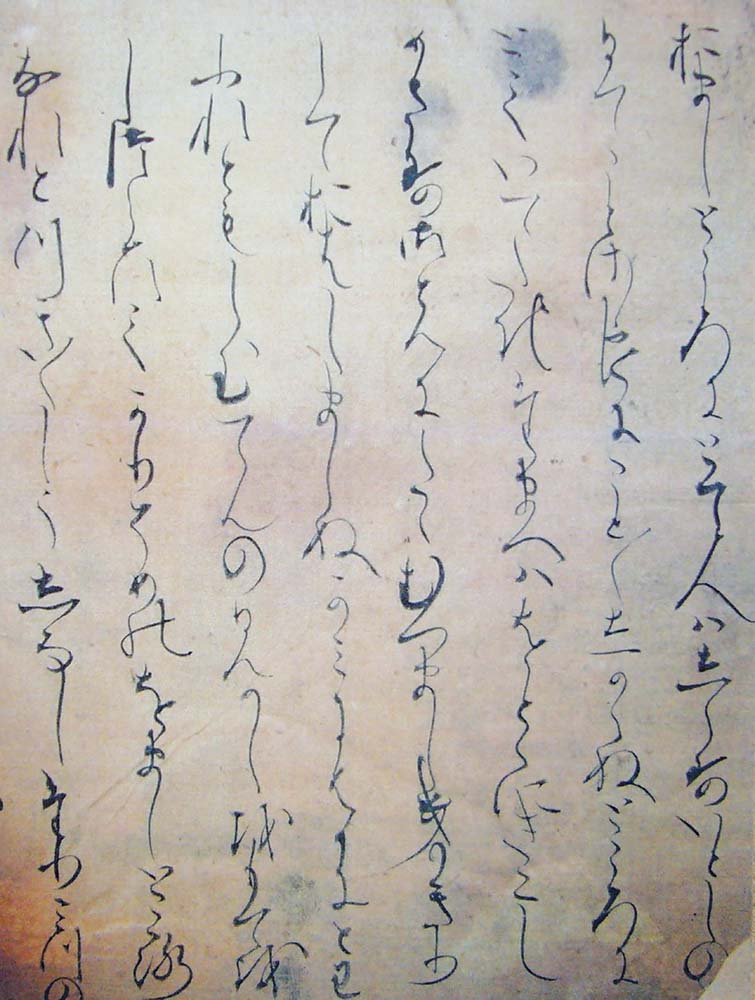
A 13th century fragment of Genjimonogatari. From collection of Nihei Michiaki.
In China, the translation of the first volume of Genjimonogatari, ‘Kiritsubo’, was published in a magazine as early as 1957, by Qian Daosun who, during his adolescence in Japan, had been educated in Japanese classic literature. Some say that this translation was based on the original text, but it seems more likely that annotations featured in the modern translations of the text had been referenced. The Chinese artist and cartoonist Feng Zikai, who had studied briefly in Japan, began to translate all volumes of Genjimonogatari over five and a half years, starting in 1961. His translation was published in three volumes between 1980-1983, after the Cultural Revolution and his subsequent death. This first full Chinese translation of Genjimonogatari was based on the modern translations of Yosano Akiko and Tanizaki Junichiro, as well as other Japanese researchers, but remains greatly influential since it is easy to read and continues to be published by several companies. Most of the Chinese publications of Genjimonogatari in China have directly utilized Feng’s translation.
In Taiwan, an outstanding Chinese translation of Genjimonogatari based on the original text was undertaken by Lin Wenyue, a scholar of Chinese-Japanese comparative literature and Chinese literature. The translation was first serially published in a magazine from 1973 to 1978; the full translation first published in five volumes and then the revised edition in two volumes. Lin Wenyue’s education until early adulthood had taken place in Shanghai’s Japanese concession, and she later engaged in research at Kyoto University. Lin was knowledgeable of the numerous annotations of the original text, the modern translations of Yosano Akiko and Tanizaki Junichiro, and the English translations of Europe and America. However, her translation of the original text was based on her own interpretations and the style is in keeping with the refined atmosphere of the original text. Lin’s translation was highly regarded, even in China, and came to be published in simplified Chinese. Due to this achievement, Lin Wenyue was awarded the Japan Research Achievement Award in 2013 as the only Asian awardee.
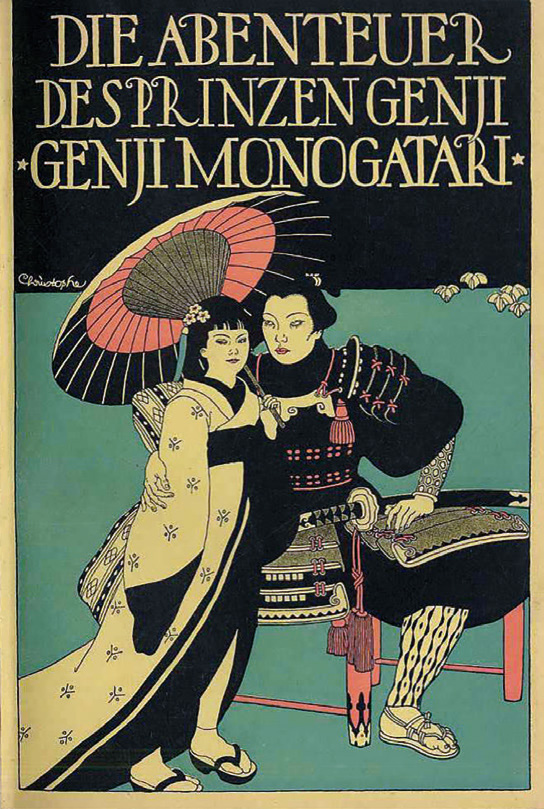
Cover of translated book.
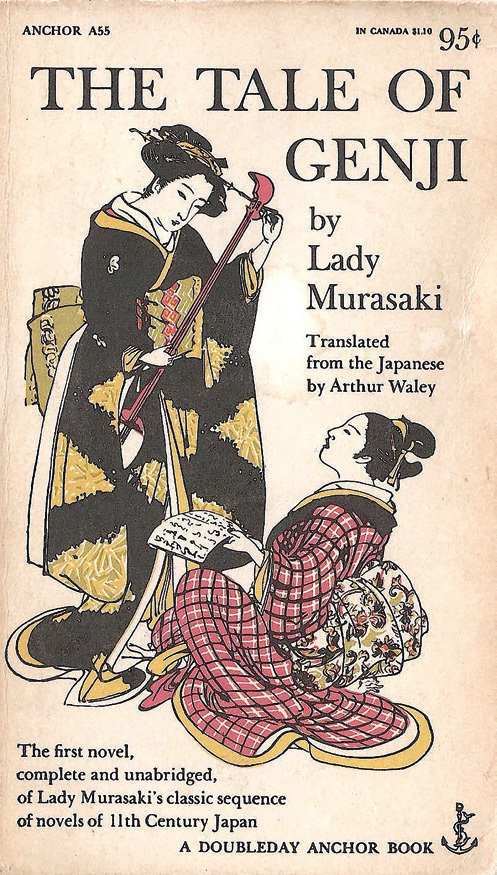
Cover of translated book.
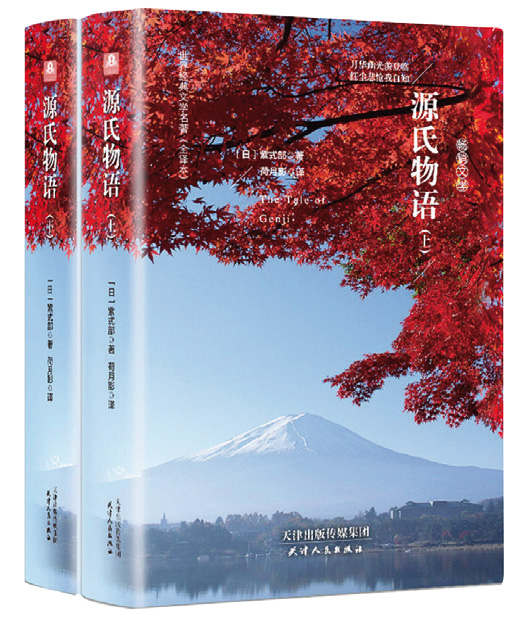
Translated books.
The Chinese and Taiwanese translators were aided by the fact that Genjimonogatari had been influenced by Chinese literature and historical texts; translating into Korean, however, was inevitably more difficult. In addition to a general understanding of Genjimonogatari, an understanding of the background, institutions, and history that gave rise to the work, as well as an in-depth knowledge of the language and culture of the Heian period are required for Korean translators.
Unfortunately, such knowledge and understanding was lacking in the earliest Korean translations of the original text, carried out by Yoo Jeong in 1973 and Jeon Yongshin in 1999. Fortunately, the 21st century has witnessed the publication of Korean translations based on the original text that have been written by researchers of Genjimonogatari. In 2008, a high-quality abridged translation of all volumes of Genjimonogatari was published by Kim Jongduck, the leading researcher in South Korea on this classic. Lee Misuk, who has published a research monograph on Genjimonogatari in Japan, also began to translate the work in 2014. Her translation is based on an interpretation of the original text and various commentaries and two of six volumes have been published by SNU Press to present. The complete Korean translation of Genjimonogatari by a researcher of the work will hopefully be accomplished in the near future.
It would be wrong, however, to expect the above mentioned ‘outstanding translations’ to be ‘perfect translations’. A ‘perfect translation’ simply cannot exist. As an act of transferring a text into another language based in a different culture and with a different history can inevitably only exist as a fusion of cultures. In its original form, ‘translation’ is above all cultural exchange.
Nihei Michiaki, Professor Emeritus, Tohoku University mnihei@hotmail.com